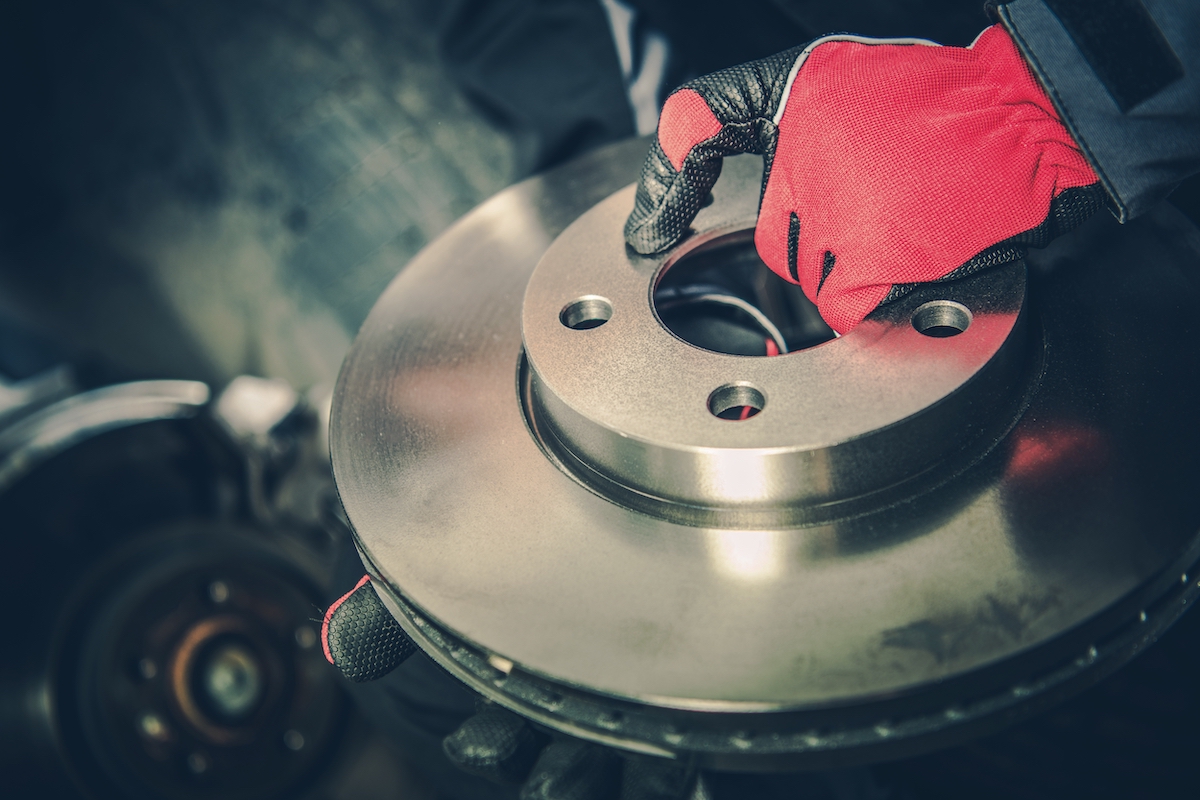
Natural frequencies or resonance frequencies of brake components as quality features in series production
An important quality feature in the series production of brake components are the natural frequencies or resonance frequencies of the components. These result from the geometry and material properties and are already defined in the development phase. The monitoring of the specified parameters in series production is mostly carried out as a 100% quality control, but can also be carried out as a random sample. In any case, it is important to have a suitable test equipment that is tailored to the test characteristics and enables reproducible and comparable measurement values.
In recent years, many automobile manufacturers have optimized the behavior of braking systems through material and design modifications. In addition to function and weight, the focus is also on the noise generated during braking. The aim is to minimize background noise in general and also in the vehicle interior. This topic has reached a new dimension in the field of electromobility, due to the fact that electric vehicles have a significantly lower overall noise level than conventional vehicles.
Part-specific natural frequencies or resonance frequencies (hereinafter referred to as natural frequencies) are monitored in the series production of brake components for quality assurance on the subject of noise development. In addition to the natural frequencies themselves, their damping behavior also plays a very important role in the field of noise development. High damping means a significantly lower potential for noise development during the braking process.
In practice, the damping behavior is usually only analyzed in the development and prototype phase. However, the monitoring of the damping behavior of critical natural frequencies also offers potential for series production in order to increase the selectivity in quality control.
The noise behavior during braking is significantly influenced by the behavior of the brake disc. There is a wide range of possible designs. Especially coated brake discs are increasingly being used. In general, however, brake discs show some physical effects, based on their material and design-related properties, which must be taken into account for the reproducible monitoring of the natural frequencies and their damping values.
For example, there are areas in which some natural frequencies are very close together or can even overlap. In the case of series monitoring, it is therefore important to select test characteristics that can be clearly detected and reliably evaluated, also taking into account the permissible tolerances.
Dagmar Metzger, RTE Akustik + Prüftechnik GmbH